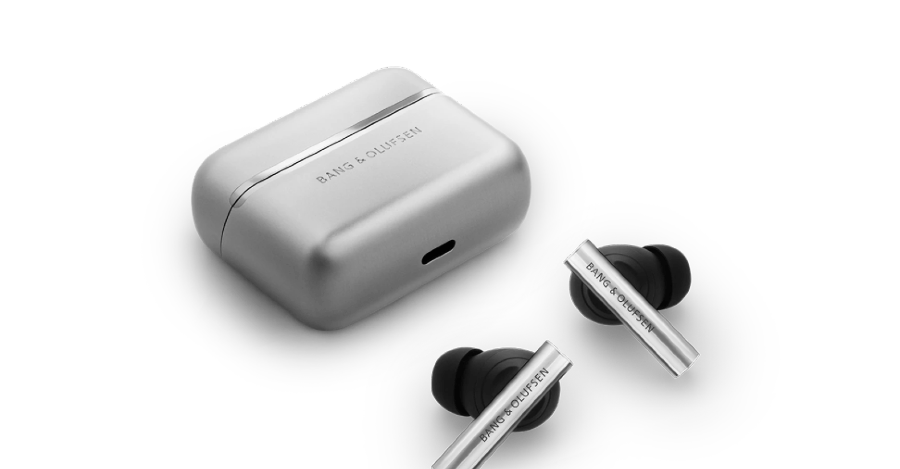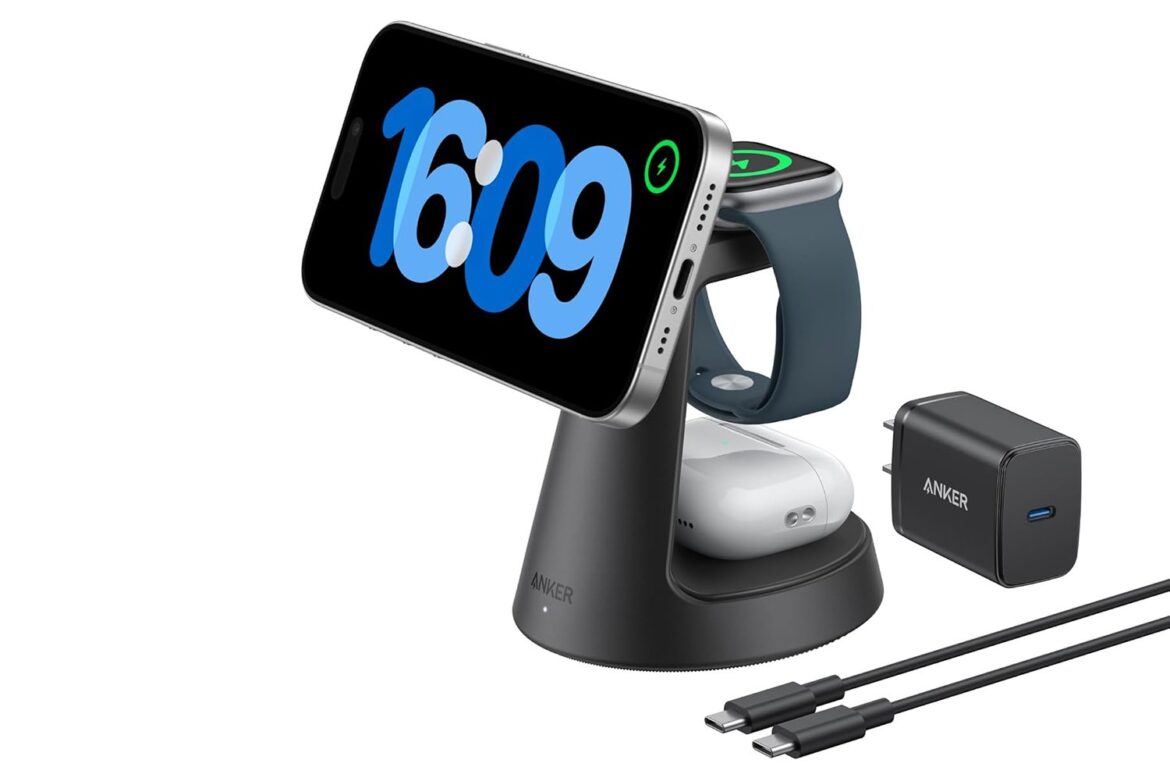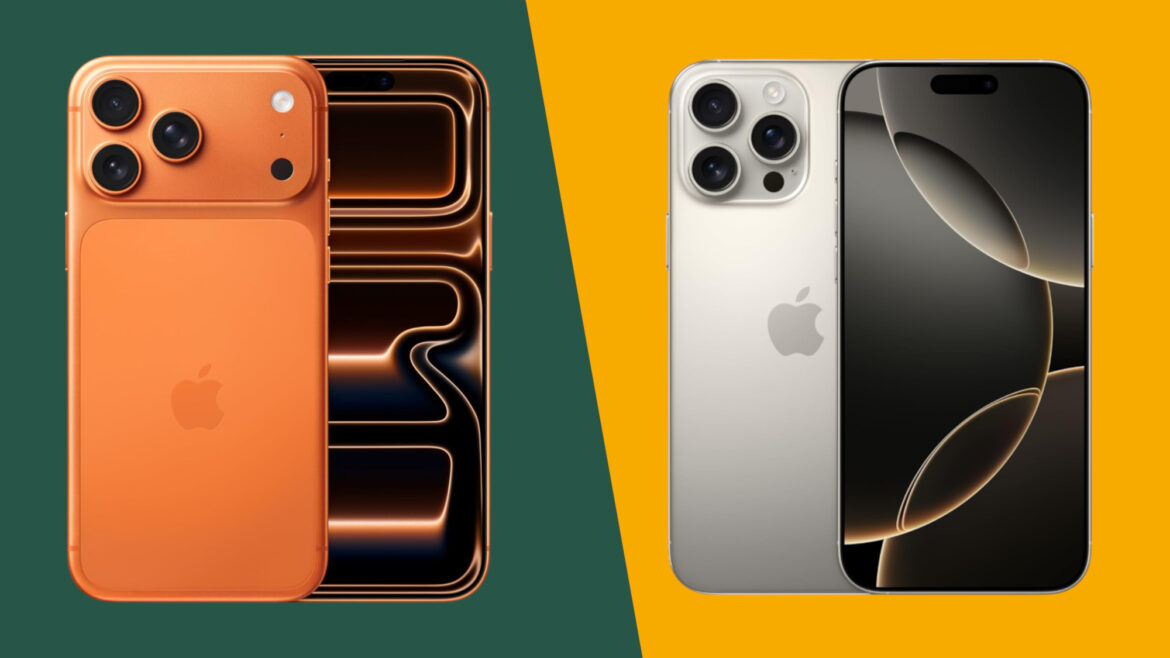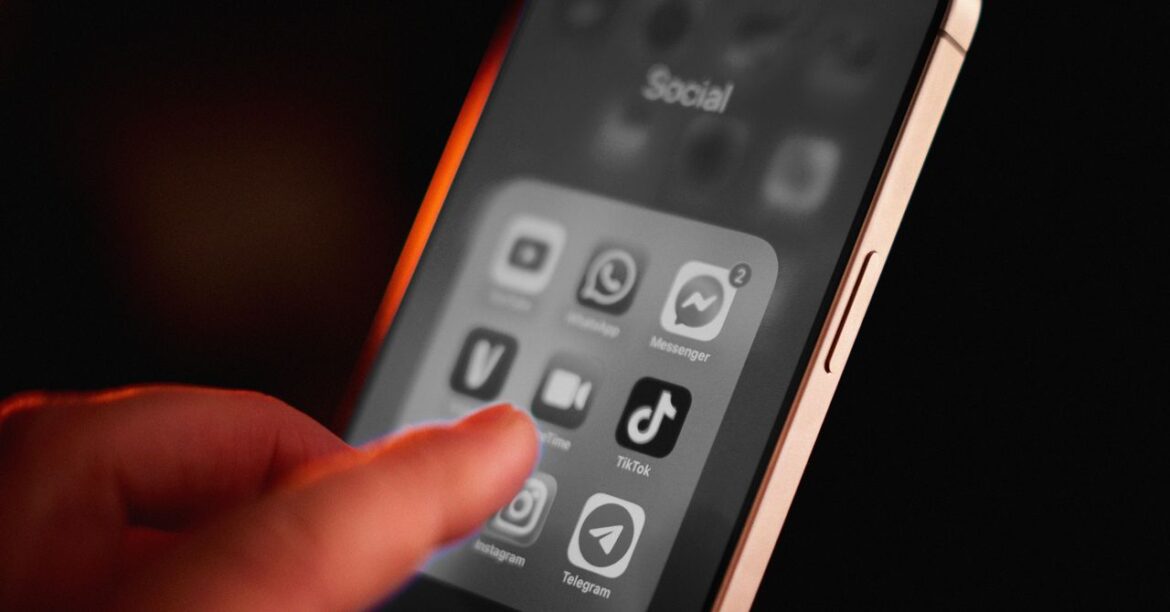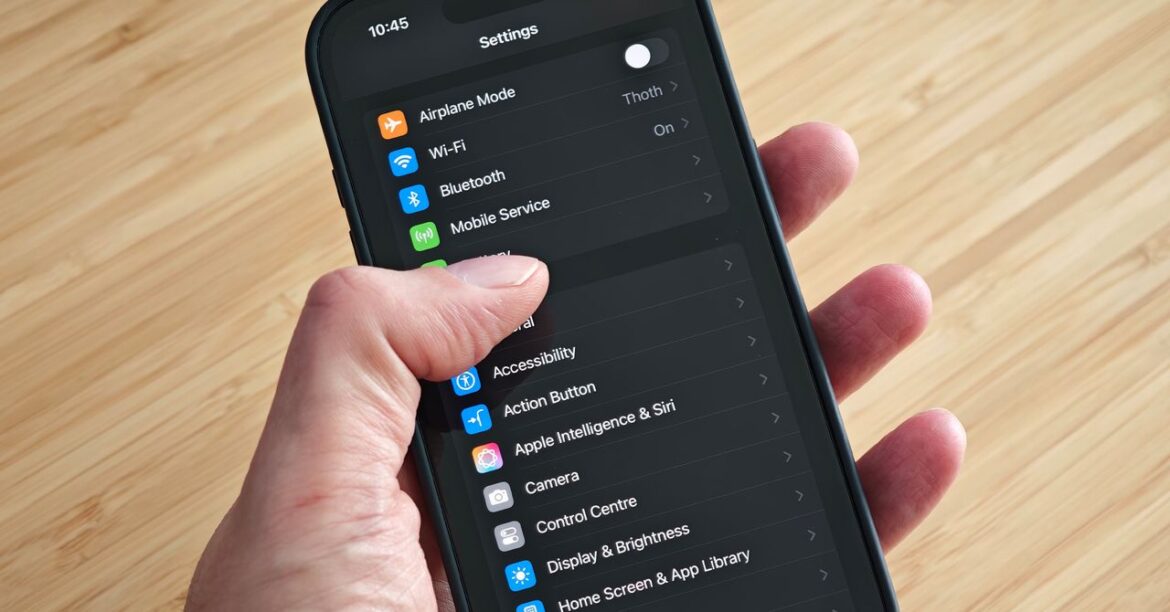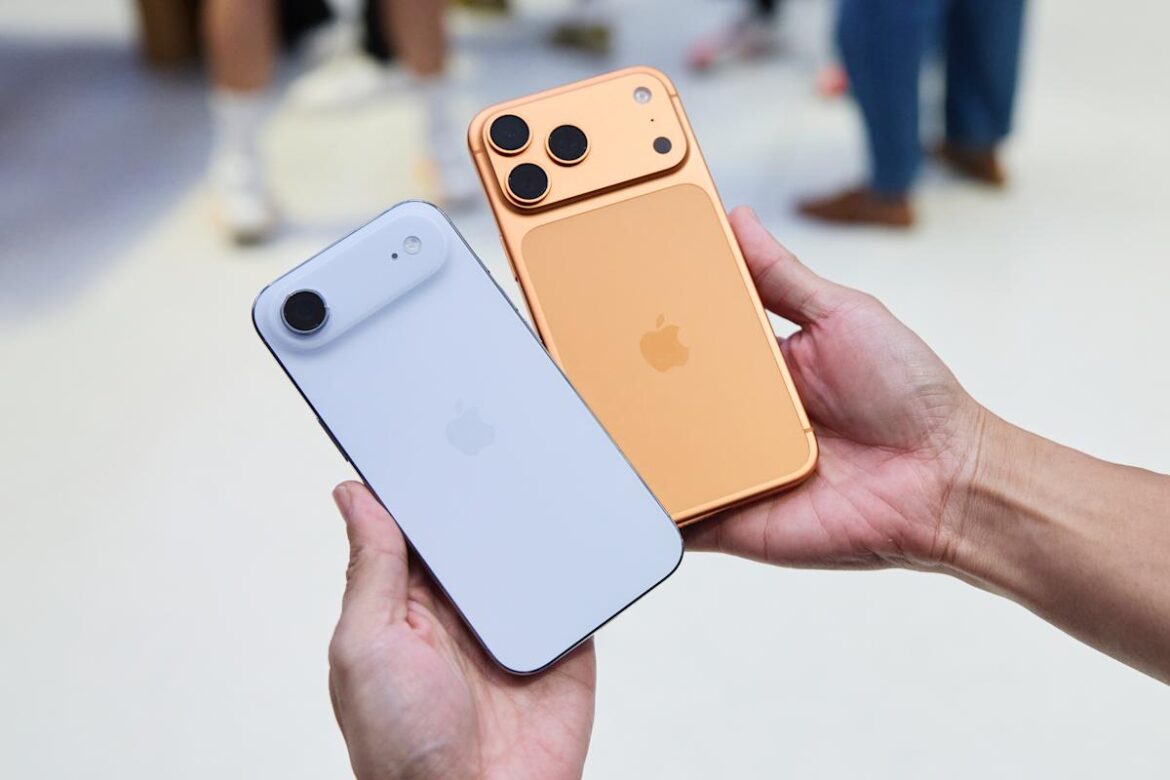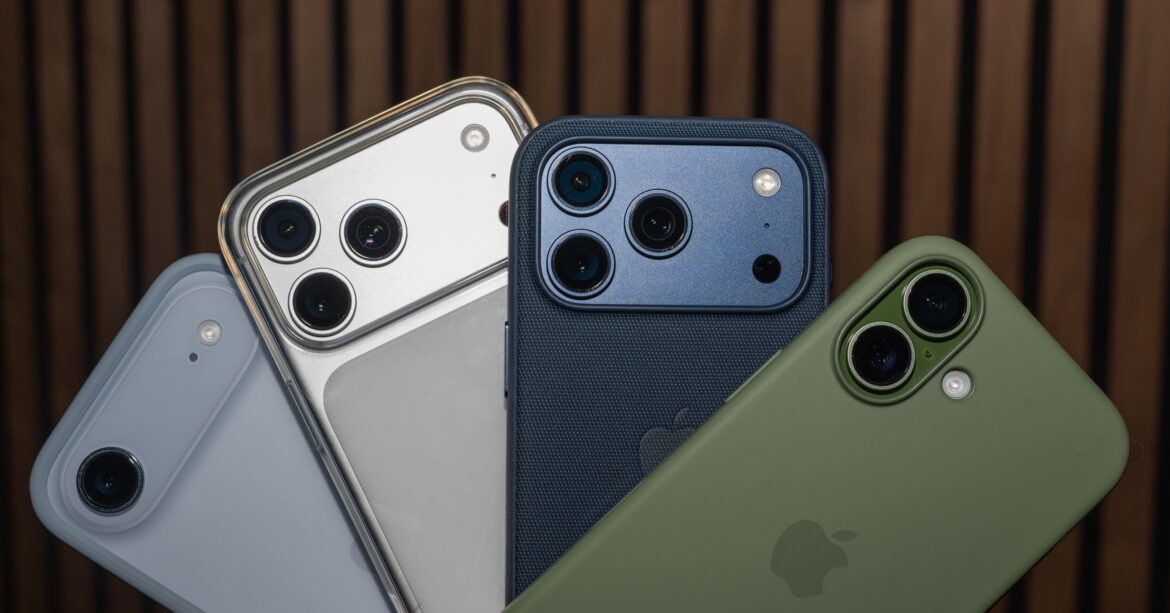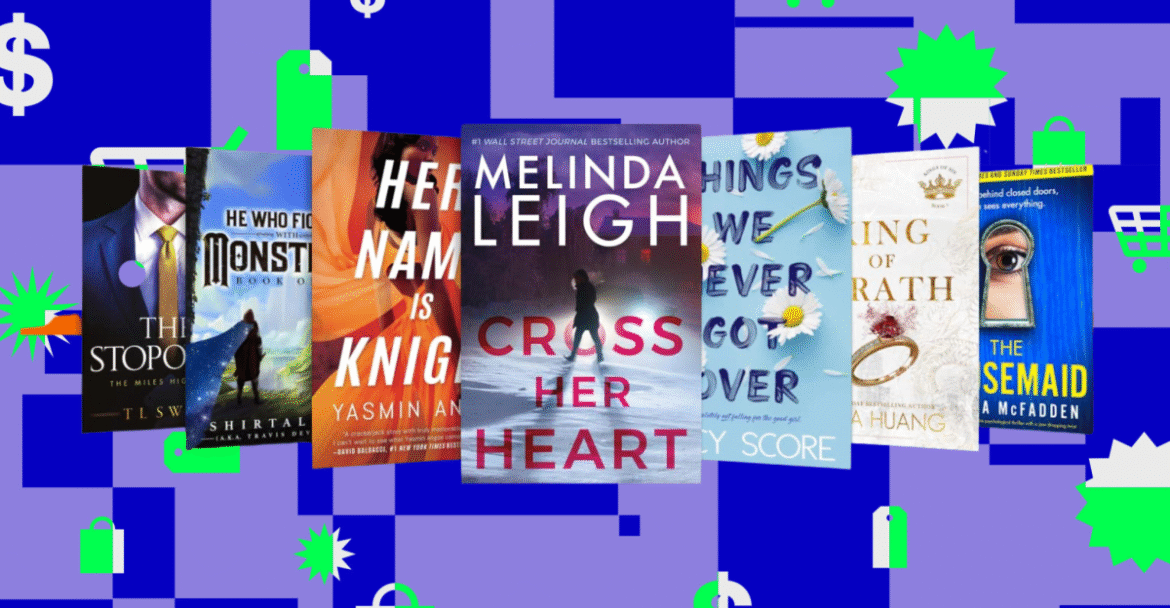Bang & Olufsen’s latest Beo Grace earbuds offer a flashy aluminum design and the brand’s “most advanced” active noise cancellation for a staggering $1,500. These pricey new buds pump sound through 12mm titanium drivers, featuring ANC powered by six microphones that adjust audio based on ambient noise and the shape of your ear.
The Beo Grace earbuds support Dolby Atmos spatial audio and the transparency mode inside the equally expensive Beoplay H100 headphones, which aim to recreate the sound of your environment “free from hiss or distortion.” Other features include tactile controls and “NearTap” technology that allows you to control volume by tapping in front of your ear.
The new buds offer 4.5 hours of battery life with ANC turned on — that’s less than the six hours promised by the $499 Beoplay Eleven earbuds Bang & Olufsen released last year. But Bang & Olufsen says it partnered with the battery intelligence company Breathe to improve the longevity of the Beo Grace’s battery, and says the buds surpassed 2,000 charge cycles in internal testing.
The Beo Grace earbuds come with a matching aluminum charging case that you can turn into an audio transmitter by plugging it into a device with USB-C or line-in, allowing it to stream audio from your laptop, an airplane TV, or another device that might not support Bluetooth to your earbuds. There’s a leather pouch you can store the case in, too, but that will cost you an extra $400.
The Beo Grace earbuds are available for preorder now, and will start shipping on November 17th.

